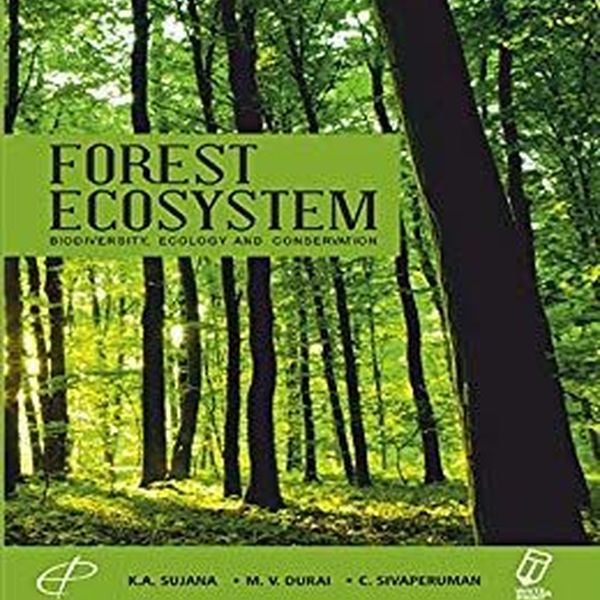To begin with, to better understand the significance of a forest ecosystem it is important to first comprehend what it really means. A forest ecosystem can be defined as the combination of different species, topography, geology and climate linked together by both biotic and physical processes that are unique to it and increasingly covered by trees as the main vegetation (Perry, Oren & Hart, 2008). In essence, it is a unique complex of plants, animals and communities of micro-organisms as well as their abiotic environment operating and interacting as a functional unit in an arrangement in which trees remain the main component of the system.
One cannot in anyway undermine the significance of the forest ecosystem. This is because the world significantly relies on this ecosystem for a number of important reasons. For one, forests are increasingly aid Earth’s ability and efforts to maintain its climate (World Bank, 2008). This they do through their photosynthesis that make them the natural defense in the management of climate change. They help remove greenhouse gases such as carbon dioxide while generating oxygen, consequently purifying Earth’s atmosphere and, also, managing rising temperatures. Additionally, forests also limit erosion through the reduction of the force of rain on the soil’s surface. This it also does by absorbing water and hindering it from directly running off and interfering with the topsoil. Forests also act as water catchment areas, while also being water filters where they collect and store water in underground aquifers.
There are different factors that affect the forest ecosystem. These factors are often defined as biotic or abiotic. Biotic factors refers to the living components of the ecosystem and include plants, animals and other living things (Spirko, 2018). The activities or lack of the same regarding the biotic factors can affect the forest ecosystem. For instance, a high number of carnivores can interfere with the number of omnivores who are equally important in the ecosystem. There is the abiotic factors that refer to the non-living factors such as temperature, soil, water, temperature and minerals (Spirko, 2018). These factors such as water and sunlight determine the existence and healthiness of the forest ecosystem. Trees and shrubs, for instance, use the light energy to produce carbohydrates, that is equally a form or energy consumed by other organisms in the ecosystem. While all these factors can determine the existence and nature of the forest ecosystem, human activities such as hunting and deforestation can ensure significant changes in the ecosystem. This is because they interfere with both biotic and abiotic factors in the forest ecosystem.
As hinted above, one of the most prominent challenges faced by the forest ecosystem is human activities especially logging and deforestation. This reduces the forest cover and in the process also interfering with its composition, while also limiting its advantages such as its rain making abilities (Vizzarri, Tognetti & Marchetti, 2015). The increasing human population has over the years seen the encroachment of man into the forest, with others engaging in logging for different reasons. This can however be solved by encouraging reforestation and making good use of land to fit the human population. The reduction of poverty among the human population can as well help solve this (World Bank, 2008). This is considering that most human activities affecting the ecosystem are usually economical.
Regardless, from the revelations above, it is evident that the forest ecosystem is important to the Earth’s existence. This therefore means that like almost any other ecosystem, it should be attached increased importance by everyone including the public and relevant authorities. It is only through this that the ecosystem will be able to overcome its challenges, making the world a better place.
References
-
Perry, D. A., Oren, R., & Hart, S. C. (2008). Forest ecosystems. Baltimore: Johns Hopkins University Press.
-
Spirko, J. (2018). List of biotic and abiotic factors in a forest ecosystem. Sciencing. Retrieved February 6, 2019, from https://sciencing.com/list-abiotic-factors-forest-ecosystem-8092398.html
-
Vizzarri, M., Tognetti, R., & Marchetti, M. (2015). Forest ecosystem services: issues and challenges for biodiversity, conservation, and management in Italy. Forests, 6(6), 1810-1838.
-
World Bank (2008). Opportunities and challenges in the forest sector. Retrieved February 6, 2019, from http://siteresources.worldbank.org/EXTFORSOUBOOK/Resources/intro.pdf

